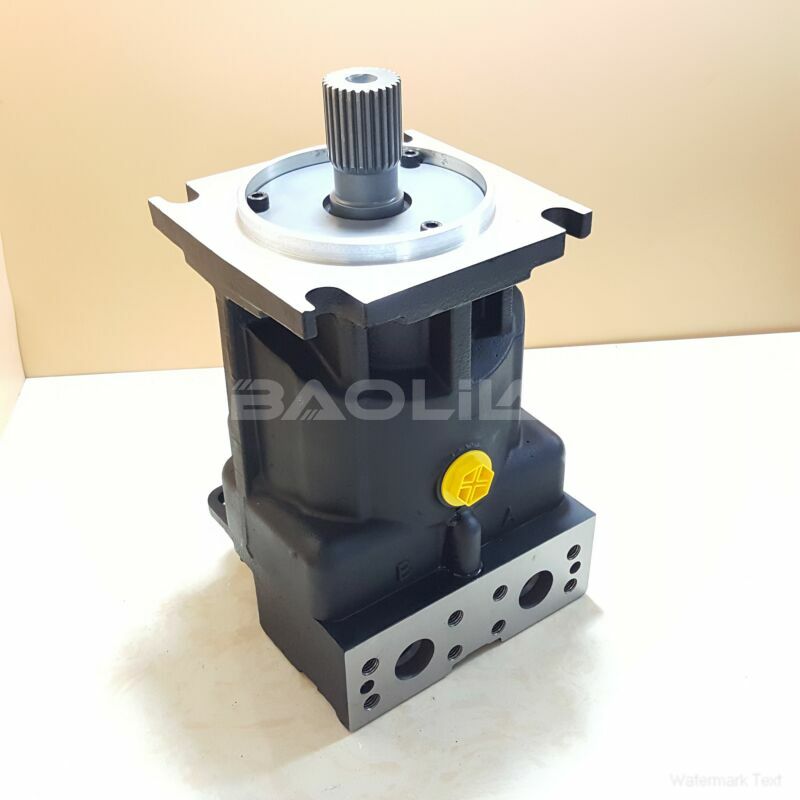90M100NC0N8N0K3W00NNN0000F0 hydraulic motors
90M100NC0N8N0K3W00NNN0000F0 hydraulic motors

- Product Details
- Applicable Scene
90M100NC0N8N0K3W00NNN0000F0 hydraulic motors play a crucial role in various industrial applications, from construction machinery to agricultural equipment. As the demand for energy efficiency increases in many sectors, the design of hydraulic motors has become a focal point for engineers and manufacturers. This article examines how hydraulic motor design influences energy efficiency and highlights key design aspects that can lead to improved performance.
Model Code :90-M-100-NC-0-N-8-N-0-K3-W-00-NNN-00-00-F0
Model Code :90M100NC0N8N0K3W00NNN0000F0
One of the primary factors that affect energy efficiency in hydraulic motors is the selection of the motor type. There are several types of hydraulic motors, including gear, vane, and piston motors, each with distinct characteristics. For instance, gear motors are relatively simple and inexpensive, but they often exhibit lower efficiency due to increased internal leakage. On the other hand, piston motors, especially those with an axial design, tend to offer higher efficiency because they can provide greater torque at lower speeds, reducing the overall energy consumption.

Model No.ldent No. :9631118
90M100NC0N8N0K3W00NNN0000F0 hydraulic motors.Another critical aspect of hydraulic motor design is the materials used in construction. The durability and performance of a hydraulic motor can be significantly improved by using advanced materials that minimize wear and tear. High-strength alloys and treatments can reduce friction and enhance the longevity of motor components, leading to better energy efficiency over time. Additionally, using lightweight materials can also lower the overall weight of machinery, which can minimize energy consumption during operation.
The design of the motor’s internal components, such as the gears, vanes, and pistons, plays a significant role in determining efficiency. For instance, precision engineering and tighter tolerances result in less internal leakage, which directly translates to higher efficiency. Furthermore, incorporating innovative designs such as variable displacement allows for better control over the flow and pressure, optimizing performance according to the specific needs of an application.





